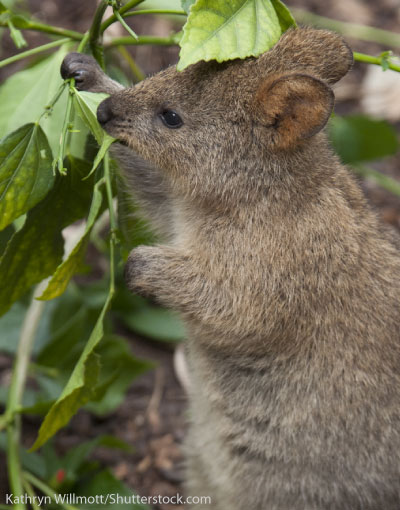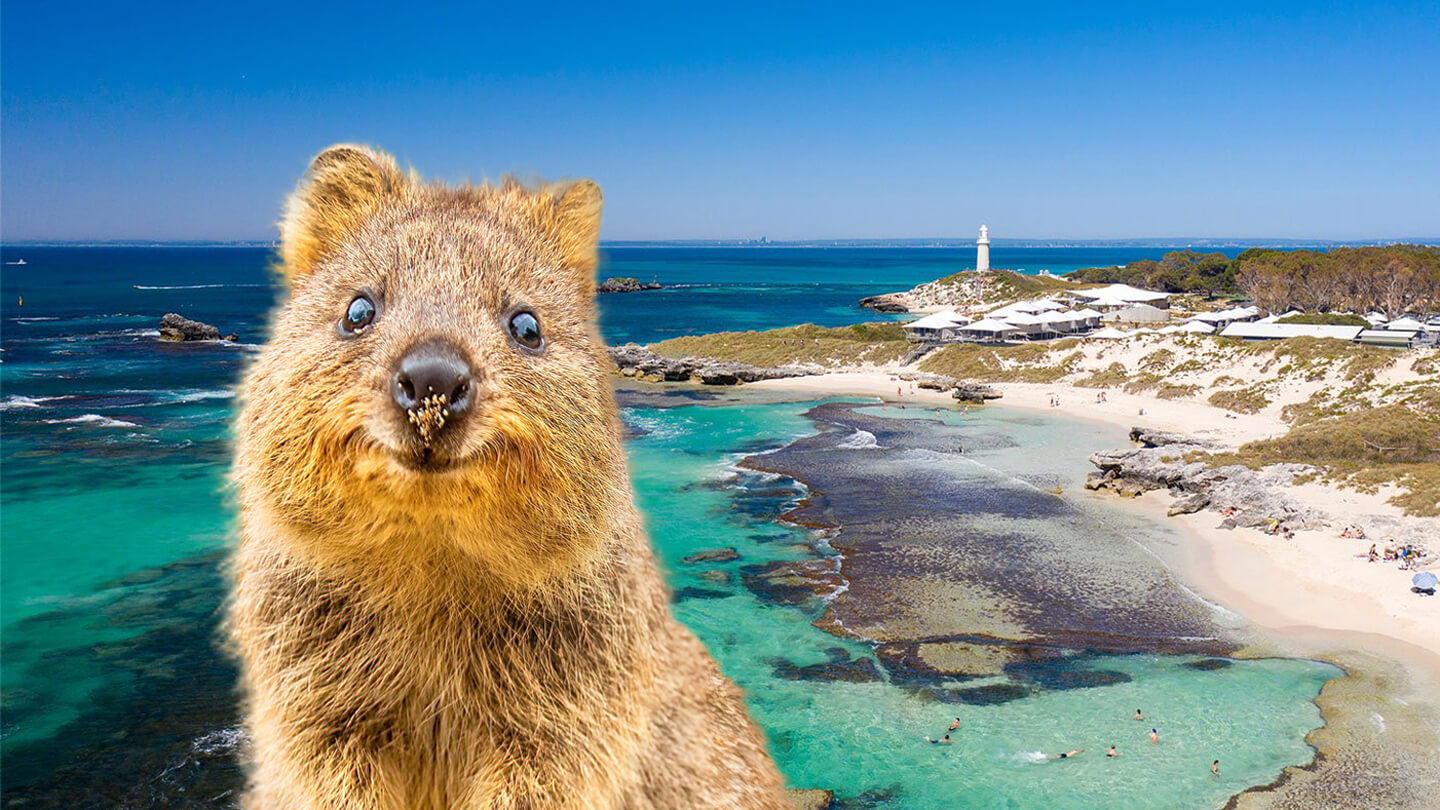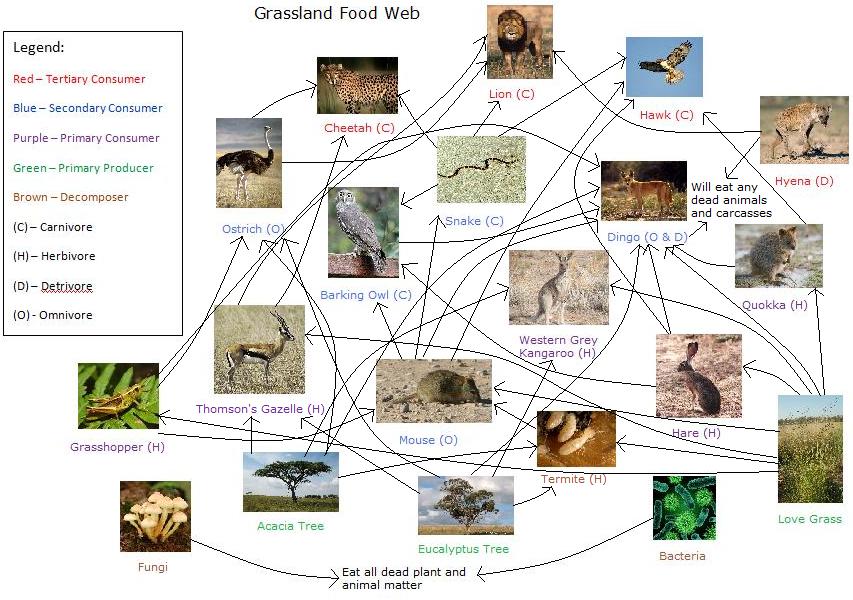Quokka Facts Pictures Information Learn About The Happiest Animal Biology Diagrams Food Habits. On Rottnest Island, Setonix brachyurus comes out at night to forage. Depending on the season, adult male quokkas will eat an average of 32 to 45 grams of dry food each day. The majority of their herbivore diet comprises of plants including succulents, shrubs, forbs, grasses and sedges.

The quokka (Setonix brachyurus) is also listed as vulnerable by the IUCN, and although it has a stable population on Rottnest Island, Western Australia, the small surviving metapopulations on the

The Quokka: The Happiest Animal on Earth Biology Diagrams
This paper mainly focuses on the extinction dynamics of quokka population and its reduction by red foxes, by qualitative and quantitative analyses of a designed tri-trophic food-chain model composing a prey (quokka), a mesopredator (red fox) and apex predator (dingo). Existence of solution are analysed and shown to be uniformly bounded.

Quick facts about the Quokka. On Rottnest Island the quokkas are so friendly they will regularly approach guests. It is illegal for guests to touch the quokkas though. Occasionally people feed the quokkas human food and this causes them to become malnourished or dehydrated.

trophic food chain model in designing a ... Biology Diagrams
The crew named the quokkas' island Ratte nest ("rat's nest"), then promptly sailed away, presumably toward something more inviting. The quokka (Setonix brachyurus) is the only member of the genus Setonix and one of the smallest members of the macropod ("big foot") family, which includes kangaroos and wallabies. Nocturnal marsupials Quokkas are herbivores so they eat a variety of plants such as leaves, seeds, and shrub buds, which is available in abundance on Rottnest Island. As a vulnerable species, it is illegal to feed the quokka (or any animal on the island) as any food and water that they haven't collected themselves can be harmful to their health and wellbeing. This paper mainly focuses on the extinction dynamics of quokka population and its reduction by red foxes, by qualitative and quantitative analyses of a designed tri-trophic food-chain model
